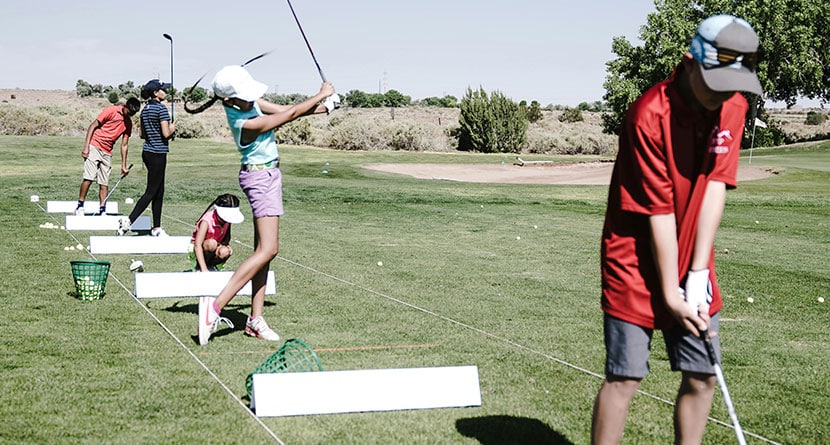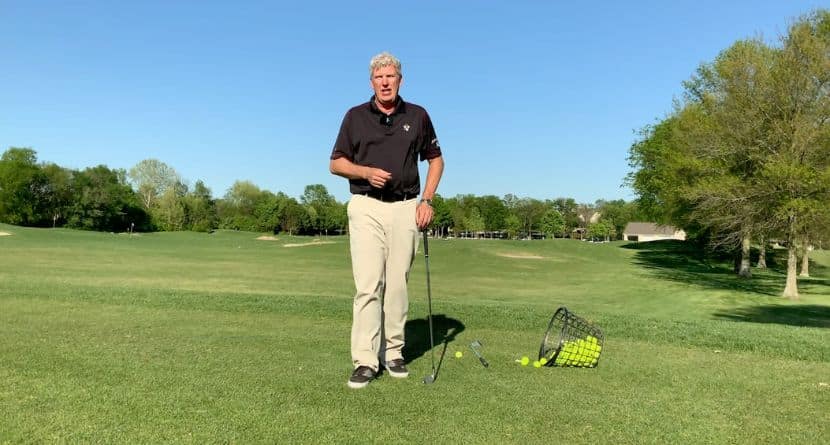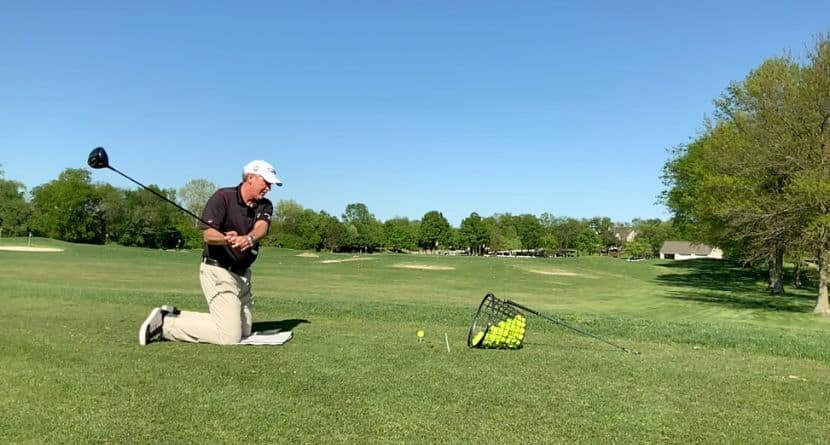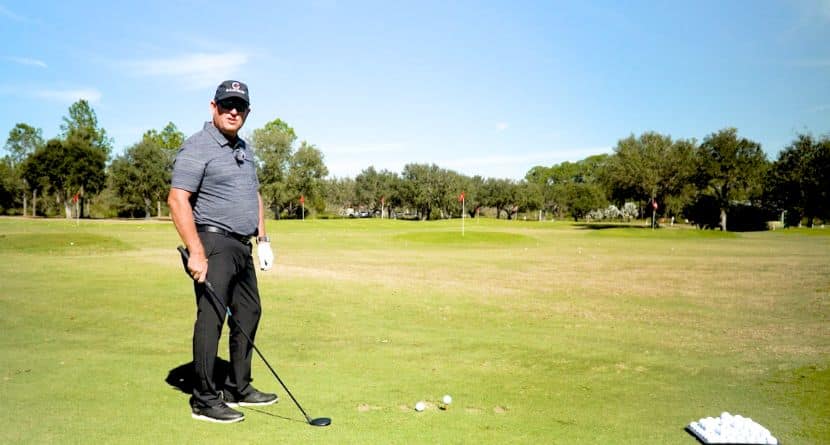- Mastering golf is a lifelong pursuit, and the journey to proficiency is unique for each golfer.
- The golf learning curve can be broken down into beginner (first few months), intermediate (3-6 months to 1 year), and advanced (1+ years) stages.
- Factors influencing the pace of golf skill development include practice frequency and quality, natural talent, learning style, and access to resources.
- Beyond the scorecard, focus on having fun, playing with integrity, and embracing lifelong learning.
There’s no magic formula for mastering golf. It’s a lifelong pursuit; even the most skilled golfers can struggle and suffer from a lack of confidence at a moment’s notice. But for aspiring players, a question often arises: how long does it take to get good at golf?
Unfortunately, there’s no one-size-fits-all answer, as the journey to proficiency is as unique as each golfer themselves. But here’s a realistic framework — a golf proficiency timeline — that any novice player can use to measure their progress.
Understanding the learning curve:
Golf encompasses various skills, from mastering basic mechanics to strategizing shot placement and managing course conditions. Mastering each element takes time and dedicated practice. Here’s a general breakdown of the golf learning curve, and what you can expect in terms of golf skill development time:
- Beginner (first few months): Focus on fundamentals like grip, posture, set-up and swing mechanics. Expect inconsistent results but celebrate progress, not perfection.
- Intermediate (3-6 months to 1 year): Develop consistency in mechanics, apply basic course management and aim for lower scores. Set realistic goals and enjoy incremental improvements.
- Advanced (1+ years): Refine mechanics, delve into advanced techniques, and fine-tune course management. Aim for lower scores consistently and challenge yourself with competitive play.
Factors influencing the pace of your golf skill development time:
- Practice frequency and quality: Consistent, focused practice accelerates progress. Quality instruction helps avoid bad habits and identify improvement areas.
- Natural talent and coordination: Some individuals grasp concepts more readily, but dedication and hard work can bridge the gap.
- Learning style and preferences: Visual, auditory and kinesthetic learners benefit from different teaching methods. Finding a style that resonates accelerates learning.
- Access to resources: Coaching, quality practice facilities and technology can enhance practice and provide valuable feedback.
Beyond the scorecard:
Remember, becoming “good” isn’t solely about low scores. Enjoyment, sportsmanship and respect for the game are equally important. When you’re considering your own golf proficiency timeline, focus on:
- Having fun: Embrace the challenge, celebrate personal victories and connect with fellow golfers.
- Playing with integrity: Uphold the rules, exhibit sportsmanship and respect the course and fellow players.
- Lifelong learning: Embrace every round as an opportunity to learn, adapt and improve, making progress your ultimate goal rather than something more tangible, like a set handicap.
The journey, not the destination:
While understanding the golf learning curve is helpful, don’t get discouraged by timeframes. Focus on consistent practice, enjoy the process and celebrate small victories. Golf is a continuous journey of learning and improvement, regardless of how long it takes to reach your personal definition of “good.”













